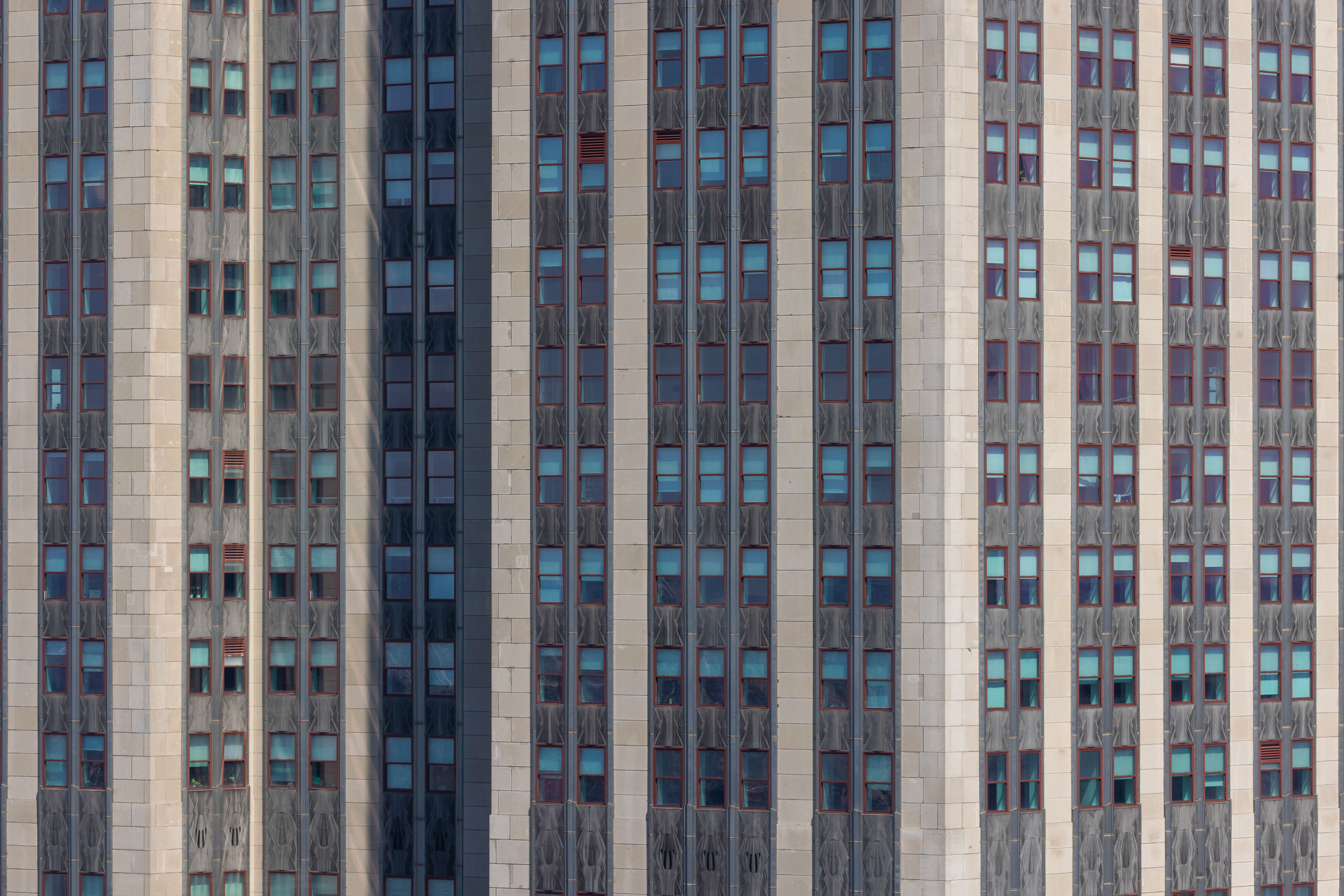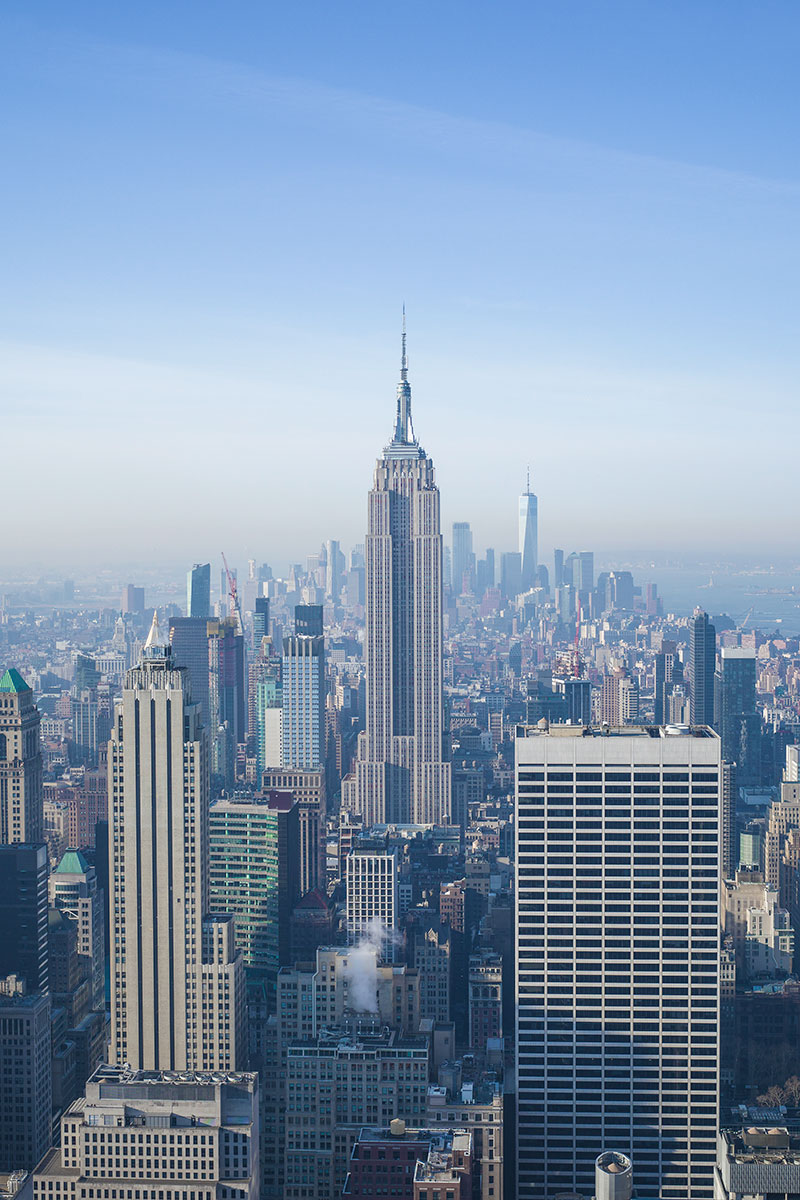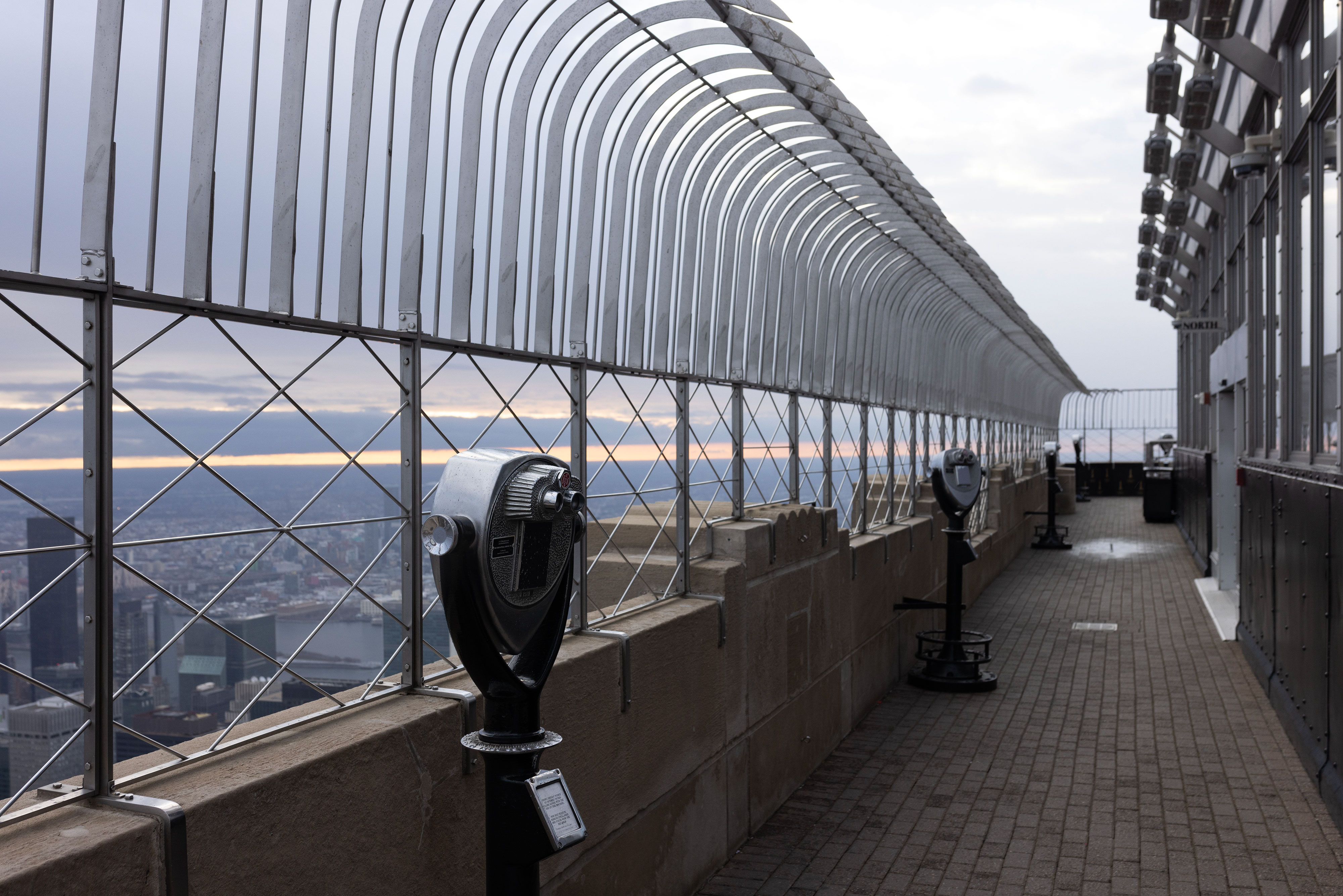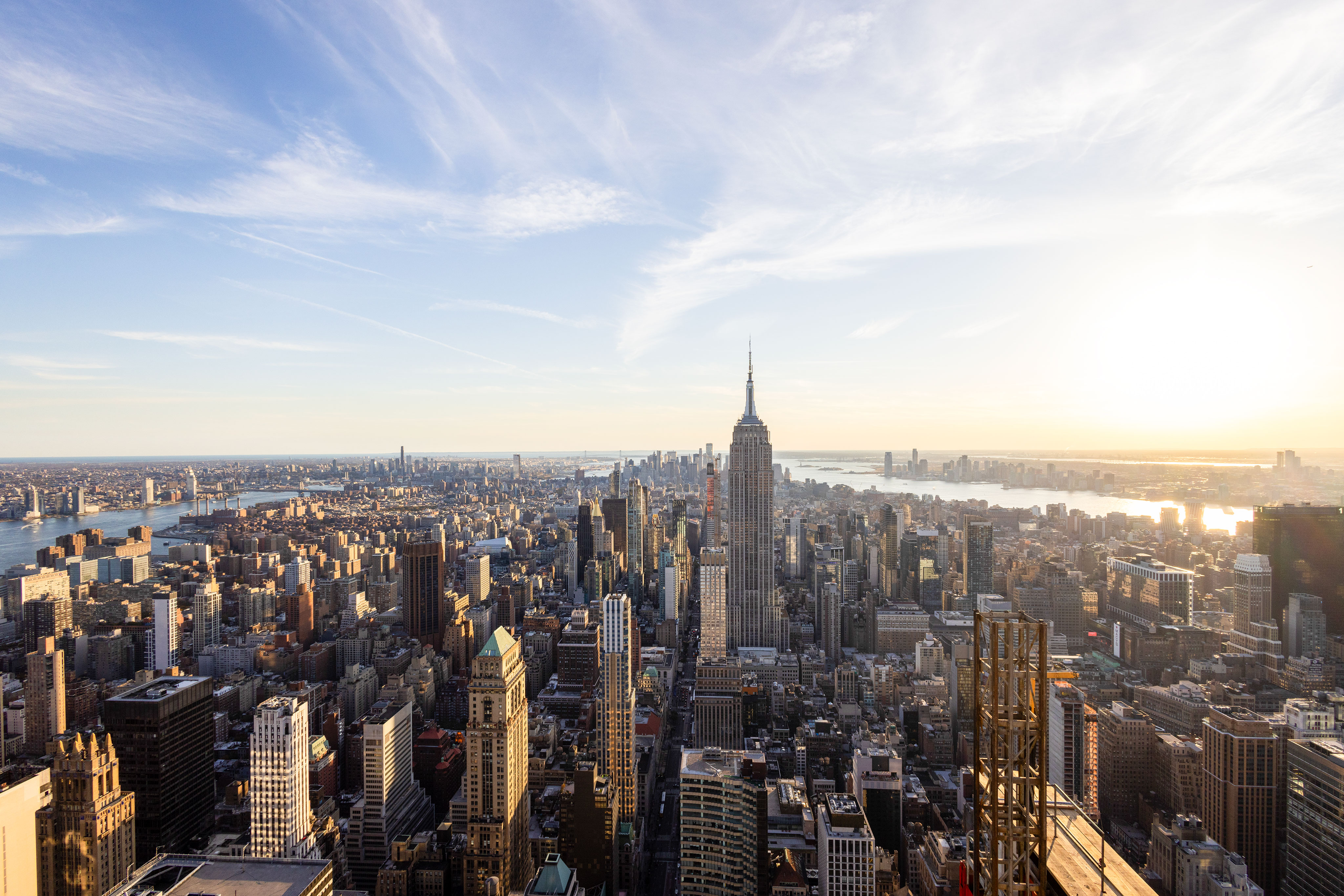
Empire State Building History and Architectural Timeline
Introduction
Few structures in the world capture both history and modern evolution quite like the Empire State Building. Rising 1,454 feet from street to antenna, it has been a centerpiece of the New York City skyline for more than 90 years. Its Art Deco design, remarkable speed of construction, and enduring cultural presence make it one of the most photographed and recognized skyscrapers on Earth. This article traces the building's journey through a detailed timeline, exploring its origins, architectural updates, and continued relevance.
Early Planning and Design
1920s: The Race to the Sky
The origins of the Empire State Building began in the midst of a skyscraper boom. New York developers competed to build the tallest structure in the world, with the Chrysler Building and 40 Wall Street already vying for supremacy. In 1929, former New York Governor Al Smith and financier John J. Raskob revealed plans for a tower that would surpass all rivals.
1929–1930: Rapid Design Process
Architect William F. Lamb of Shreve, Lamb & Harmon produced the first drawings in just two weeks. Inspired by the Reynolds Building in North Carolina, the design called for clean vertical lines, tapered setbacks, and a limestone façade. An airship docking mast was included, though it would later prove impractical.
Construction

1930–1931: Record-Breaking Build
Construction began on March 17, 1930, and finished in just 410 days. An average of 3,400 workers, including many Mohawk ironworkers, built the structure at a pace of 4.5 floors per week. On May 1, 1931, it opened at a cost of $40.9 million, becoming the tallest building in the world.
Early Years

1931–1940: The Empty State Building
The Great Depression left many offices vacant, earning it the nickname the “Empty State Building.” Yet its observation deck quickly became a tourist favorite. In 1933, it appeared in King Kong, cementing its pop culture status.
1945: Unexpected Collision
A B-25 bomber crashed into the north side of the 79th floor during heavy fog, causing 14 fatalities but minimal structural damage, highlighting the building's resilience.
Mid-Century Developments

1950s: Lighting and Occupancy
Post-war prosperity brought more tenants. The lighting system expanded to celebrate holidays and major events, a tradition that continues today.
1960s–1970s: Tallest No More
In 1970, the North Tower of the World Trade Center surpassed its height. Renovations upgraded elevators, electrical systems, and interiors to keep it competitive.
Preservation and Cultural Impact

1981: Landmark Status
Designated a National Historic Landmark, the building underwent a major restoration, preserving its limestone façade and enhancing observation decks.
1990s: Media and Modernization
Appearances in films like Sleepless in Seattle revived global fascination. Heating, cooling, and safety systems saw significant upgrades.
21st Century Evolution

2000s: Security and Sustainability
After September 11, 2001, security was tightened. In 2009, a sustainability retrofit reduced energy use by 38%, setting a benchmark for historic skyscraper renovations.
2010s: Visitor Experience Transformation
Multi-year renovations introduced digital exhibits, improved viewing decks, and faster elevators to compete with newer observation points in NYC.
2020s: Resilience Through Challenges
The pandemic temporarily closed observation decks, but virtual tours and health protocols allowed a strong reopening. Dynamic LED lighting upgrades now animate the skyline.
Architectural Significance
The Empire State Building remains a prime example of Art Deco architecture, with vertical emphasis, geometric ornamentation, and materials like limestone and aluminum creating timeless appeal.
Complete Timeline
1929: Project announced
1930: Construction begins
1931: Opens as tallest building in the world
1933: Featured in King Kong
1945: B-25 bomber collision
1950s: Lighting expansions
1970: Surpassed by World Trade Center
1981: Landmark designation
1994: Sleepless in Seattle release
2001: Security upgrades
2009: Sustainability retrofit
2011: Observation deck renovations
2019: Interactive museum exhibits
2020: Pandemic closure
2022: LED lighting upgrades
Conclusion
From its rapid construction in the Great Depression to its current role as a sustainable and tech-forward landmark, the Empire State Building continues to inspire architects, photographers, and visitors from around the world. Its story is not only one of steel and limestone but of resilience, reinvention, and enduring beauty in the heart of New York City.